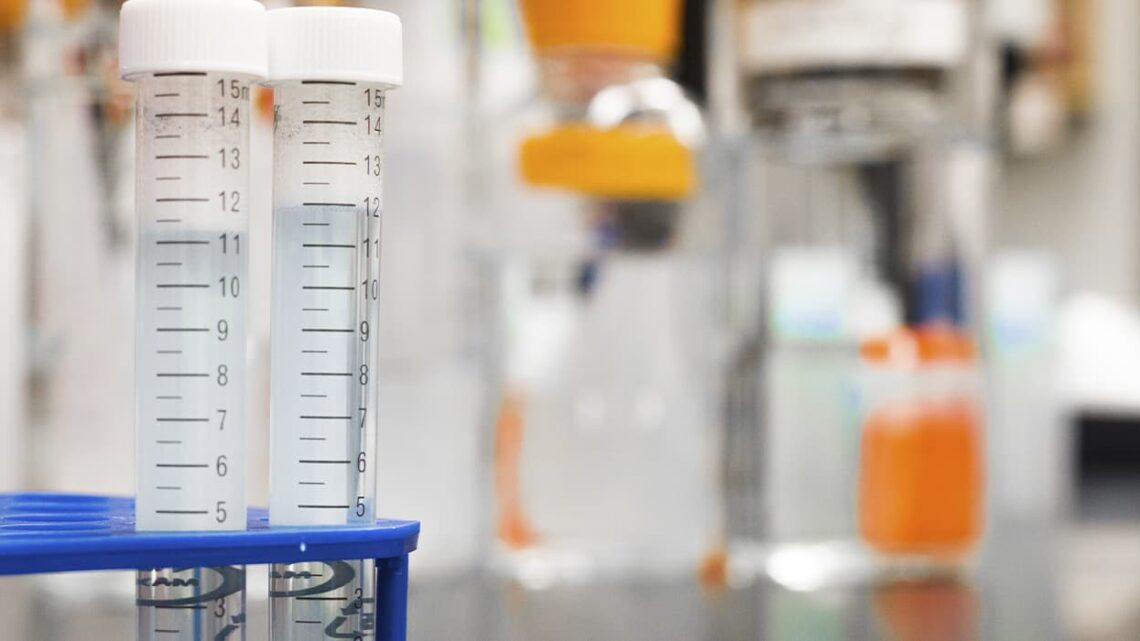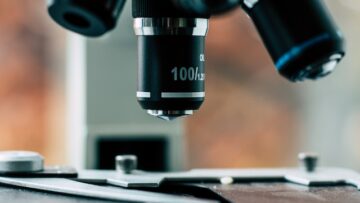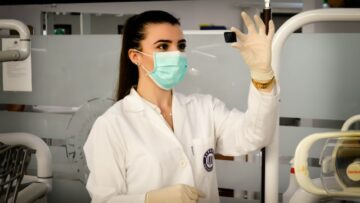The successes of American science and industry are widely known and in plain sight around the world. I would like to focus more on their shortcomings, which are little known to the general public and which can only be felt by being in the skin of an active scientist, innovator, and inventor. I would like to point out right away that these shortcomings are inherent in any country’s science, industry, and bureaucracy to a greater or lesser degree, since they are related to human sympathies, emotions, and passions. Unfortunately, they are often harmful, contrary not only to science itself, but also to the goals for which a governmental organization was created.
Here are a few examples. For several years I have been striving to conduct theoretical and experimental research on a new rotary combustion engine. Preliminary calculations show that the engine I propose will be 15…40% more economical, have 2…3 times smaller dimensions and weight, it will have a simpler design, and will be more reliable, durable, and cheaper to produce. On the national scale, the new engine will save billions of dollars on oil imports and reduce by millions of tons harmful emissions into the environment. It would seem that the state organizations, called to develop innovations, should have grasped such a tempting offer. But the enormous sums allocated for new technologies and for the development of small business are distributed first and foremost among their acquaintances, pals and personally useful organizations. And when you look at the “winners” of closed technical “competitions”, it is just amazing what sometimes worthless projects are allocated money. For example, against my engine, even such seemingly competent organization as NASA gave preference (money!) to empty “improvement” of spark plug and research of ceramic coating of piston engine cylinder, though it is clear to a little competent engineer that ceramic coating of piston engine cylinder interior is not applicable because of great force which presses rubbing piston to cylinder, and my rotary engine is ideal for ceramic coating because rotor only slightly touches stator.
Another example. The USA is very badly affected by tornadoes (vertical whirlwinds 20…100 m in diameter). On May 3, 1999 a tornado killed 42 people in Oklahoma City, injured and maimed over a thousand people, destroyed 3,000 homes and caused hundreds of millions of dollars in damages. In all, between 1950 and 1994, tornadoes killed, injured and maimed 74,000 people and caused $19 billion in damages. That is, on average, a tornado kills almost 100 people, injures 1,500 and causes $400 million in damages each year.
I have proposed a method that allows breaking some parameters of the vortex, which, according to Kirgof’s second law, leads to automatic self-destruction of the tornado. The question is to calculate this idea (we need a supercomputer) and (or) conduct an experiment. But neither the U.S. government, nor the governors of the 20 states hardest hit by tornadoes, nor the National Science Foundation, nor the Oceanographic Institute, nor the Emergency Management Agency, nor congressmen in Texas (the hardest hit by tornadoes), nor the press, have responded to my suggestion. “And don’t get your hopes up!” – one American told me. The entire bureaucracy has an interest in keeping the situation going: the government will show “concern” for the victims, the governors and the Emergency Management Agency will get government subsidies for “recovery,” congressmen will show “sympathy” for the victims and get their votes, etc.
Incidentally, this is the only real tornado-fighting proposal in the history of mankind.





